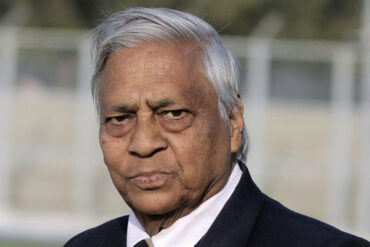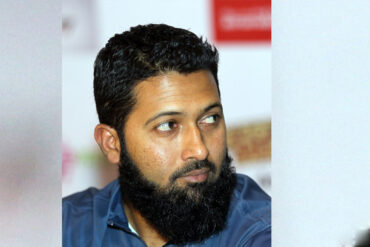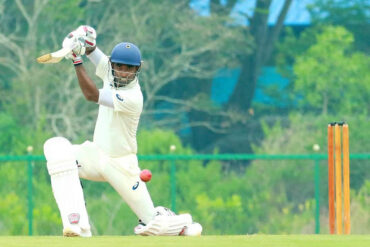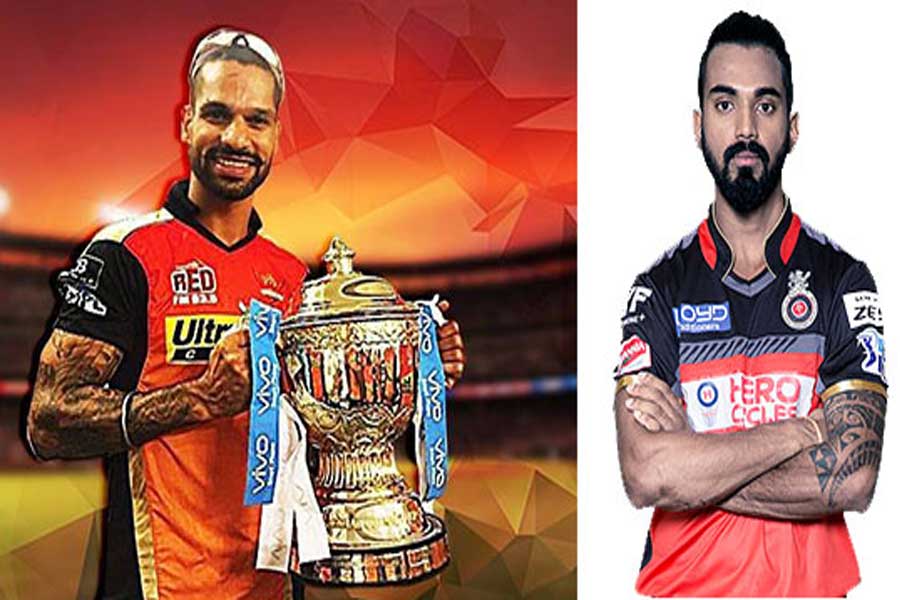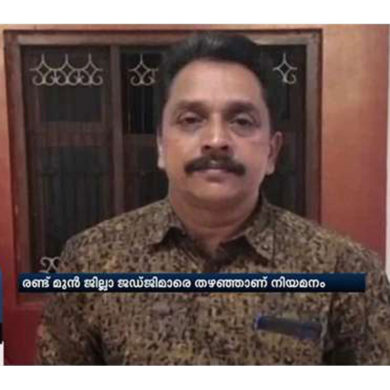At Bengaluru earlier this year, in the second T20I of the series against Australia, India opened with Shikhar Dhawan and K L Rahul. The duo put on 61 in seven overs after Australia put India in to bat. Dhawan’s innings was a painful 24-ball 14 while the free-flowing Rahul blasted 47 in 26 balls.
The next T20I India played was against West Indies after the World Cup. In the two matches at Lauderhill, India opted to sit Rahul out and went with Dhawan alongside Rohit Sharma but the southpaw never quite got going.
In the third T20I, Rohit was rested and both Dhawan and Rahul failed in this match. By the time South Africa arrived in India, the management was once again backing Rohit and Dhawan at the top.
The two openers are still fighting for the opener’s slot in the Indian T20I side with Rohit Sharma firmly holding on to the other spot.
What the numbers say
A mere glance at the overall T20I numbers of Dhawan and Rahul will tell you why the latter is a must-pick in the shortest format of the game. Rahul still has less than 1000 runs in the format for India but averages 42.8 with a strike rate of 148.1.
At the other end of the spectrum is Dhawan. The Delhi opener got 54 chances for India in T20Is and averages 27.54 with a strike rate of 129.53. The overall T20 numbers are also heavily skewed in favour of Rahul.
It isn’t enough to pinpoint that Rahul is a better T20 batsman than Dhawan. Rahul has been among the most phenomenal T20I openers ever. Rahul’s overall T20I average is the third-best after Virat Kohli and Babar Azam (min 20 innings). None of the others except Aaron Finch in that top 10 list strike at a rate as good as Rahul–148.1.
Dhawan has averaged 40 or more in a year only once–in 2018, when his overall numbers received a considerable boost. With a revamped batting approach, Dhawan struck six half-centuries last year with a strike rate of 147.22. But in 2019, Dhawan is back to being the ordinary T20 cricketer that he has always been (his overall strike rate in the T20 format is 124). The average has dropped below 20 and the strike rate is only a tad above 100—comparable to his pre-2018 numbers. But the southpaw is deemed a better fit at the top due to the possible continuity that India seek from ODIs.
Compatibility with Rohit
In ODIs, the Rohit–Dhawan pair has a fantastic record. Their success formula is built on solid, circumspect starts that give way to elegant stroke play and controlled aggression once the new ball spell is overcome.
In T20Is, this method is essentially flawed. With teams regularly racking up totals of 200 or above, at least one of the two openers need to start off on an aggressive note. Now, Dhawan is surely capable of it, but his numbers don’t quite back that up.
On the other hand, Rahul, who has had a healthy opening association with Chris Gayle at Kings XI Punjab in the last couple of IPL seasons, is used to going berserk early on. Gayle, like Rohit, prefers to bide his time to start off while Rahul gives the innings an initial acceleration.
This success formula has been tried and tested five times with aplomb in T20Is for India. Rohit and Rahul have opened five times together and average 51.2 runs per dismissal while going at a run rate close to 10. None of India’s opening pairs (min 5 innings) have a better average partnership per dismissal value. The corresponding average and run rate for Dhawan–Rohit is 33.12 and 8.16 but that hasn’t deterred the management from backing them.
A larger issue
This fickle-heartedness—a tendency to back the incumbents from the fifty-over format in T20Is—is indicative of a conservative mindset. There is a clear reluctance to do away with the set ways of ODIs in the shortest format of the game. Whether it be moving past players that are way past their prime or dropping non-performers, India have struggled to adapt to T20Is the way they should have.
Even with an unremitting pipeline of talent coming through the Indian Premier League (IPL), India has stuck to the same group of players in T20Is without realizing their potential. The Dhawan–Rahul conundrum is symbolic of these larger issues hampering India’s T20I development. Despite his waning Test returns, Rahul the T20 player is a no-brainer in the starting eleven in the shortest format.

